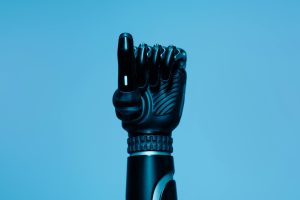Years ago, I voiced doubts and faced fierce opposition; to this day, I can’t identify anyone whose employment was truly lost to AI.
The Reality of AI in the Workplace: Separating Fact from Fiction
In recent years, discussions surrounding artificial intelligence (AI) have become increasingly prevalent in professional circles and media outlets. Despite the buzz, many skeptics seeking concrete evidence often encounter dismissiveness or hostility when raising concerns. Personally, I’ve voiced doubts about AI’s transformative potential years ago and faced considerable backlash for doing so.
One recurring question remains unresolved: Are there verifiable instances where AI has truly displaced jobs? Or perhaps, more notably, examples where AI has significantly boosted efficiency—reducing the need for human labor?
It’s important to differentiate between speculative forecasts and demonstrated realities. To date, clear, tangible examples are scarce—no widely documented cases where AI has directly replaced positions in a manner that’s undeniable and measurable. Similarly, while AI undoubtedly enhances productivity in various sectors, the story is less about wholesale job elimination and more about incremental improvements and shifts in workflows.
For those seeking clarity, the challenge is to identify real-world cases based on verifiable outcomes, not promises or future projections. As of now, meaningful, documented instances of AI replacing jobs or markedly reducing workforce sizes remain limited.
Understanding where AI is making a concrete impact can help organizations and individuals adapt wisely and set realistic expectations about its role in the future of work.








Post Comment